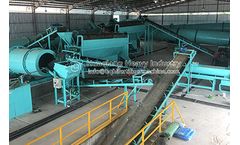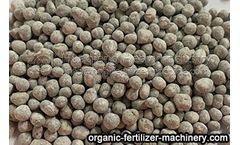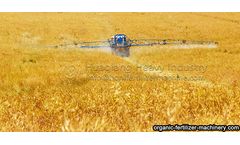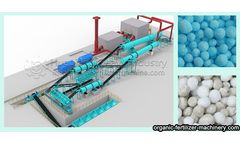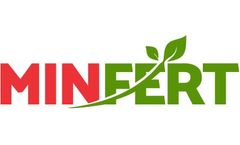Fertilizer Level Articles & Analysis
25 articles found
Avoid excess crop nutrients in your fertilizer strategy to maintain soil health and protect your pocketbook The push to produce higher yields per acre every year continues to weigh heavily on western Canadian farmers. That pressure is accompanied by economic and environmental concerns. Should you invest more money into crop nutrients to reach record yields? Will that investment pay off? Will ...
Decisive Farming uses the principles of variable rate nutrition to create custom fertilizer formulas, offering different levels of nitrogen, phosphorus, potassium and sulphur, all based on the needs of the different segments of a farmer’s field, like “a digitized prescription,” Donald says. ...
A late 2019 report on boar fertility indicated that “Boars, like sows, must be treated with compassion and dignity, to maintain a positive and economic well-being for the animal and ...
If we want to improve the operation level of fertilizer production, we need to speed up the improvement of the level of complete fertilizer production line plant. We need to cultivate a new type of fertilizer equipment operation and service main body, and support the development of complete ...
If we want to improve the operation level of fertilizer production, we need to speed up the improvement of the level of complete fertilizer production line plant. We need to cultivate a new type of fertilizer equipment operation and service main body, and support the development of complete ...
In order to maintain soil fertility, some low-yield soil (acid soil, alkali soil and salt soil), chemical improvers and irrigation should be used to improve, remove obstacles and improve the fertility level. ...
NPK fertilizer can supply many kinds of nutrients needed by crops at the same time. ...
The wide range of fertilizers can be vaguely classified in two basic types of fertilizers, Organic or Natural Fertilizers and Synthetic or Chemical Fertilizers. Needless to say, everyone is aware of the innumerable side-effects of chemical fertilizers and the level of danger they impose on not ...
Growth and yield parameters were significantly superior in the pots treated with live earthworms as compared to other fertiliser inputs at 5% level. The plant height was recorded 71.12 cm, maximum fruit weight 900 g, time taken in budding and flowering 32 and 39 days, consecutively and number of fruits 100 in live earthworm + cattle dung treated plants. ...
See the graphic here. Achieve Replacement Level Fertility Reducing population growth can help hold down food demand. While most regions are projected to reach replacement level fertility—or the rate at which a population exactly replaces itself from one generation to the next—sub-Saharan Africa’s population is ...
Further improvement may be needed to capture the variation of different management practices such as fertility and irrigation levels in this region. ...
WRI’s new working paper, Achieving Replacement Level Fertility, finds that the region can match the rest of the world’s fertility rates through approaches that empower women, improve quality of life, and save millions of lives. A Challenge in Sub-Saharan Africa Most of the world’s regions have already achieved or are close to ...
Most of the world’s regions have already achieved or are close to achieving replacement level fertility. “Replacement level fertility” is the total fertility rate—the average number of children born per woman—at which a population exactly replaces itself from one generation to the ...
Population projections are based on numerous demographic assumptions, including, among others, fertility levels, age distribution, and life expectancy. They sometimes create the illusion that the world can support these huge increases. ...
For moderate- and higher-risk-averse producers, CT with usual fertilizer practice was more efficient than all other management options for the whole rotation. Farmers' risk aversion has no impact on the choice of the most efficient tillage and fertilizer management for potato (CT with usual fertilizer practice) and for corn (reduced tillage with ...
This study was conducted to determine the most efficient species, level of N, and harvest frequency from among four perennial grass species {‘Midland 99’ bermudagrass [Cynodon dactylon (L.) ...
The response of the LPA characteristic to phosphate fertilization has not been previously investigated; therefore the effect of phosphate fertility on barley seed yield, and concentrations of seed total P, seed Pi, and flag leaf P was investigated at four locations over two years. ...
The three species were grown in monocultures and in all possible binary and three-species mixtures under two N fertilization levels (0 and 200 kg N ha–1). Herbage yield and N yield of the three-species mixture were not significantly different from the ryegrass–white clover mixture over the 3 yr. ...
Data were collected from two locations in Colorado and two in Texas that had multiple N fertilizer treatments, varying tillage systems, and different growing seasons. ...
Phytate is an important antinutritional component of legume seeds, which chelates minerals that are essential to the human diet such as iron and zinc. Phytate levels are often correlated with total seed phosphorus (P). The objective of this research was to evaluate quantitative trait loci (QTL) for seed P and phytate content in an inter-gene pool (G2333 x G19839) recombinant ...



